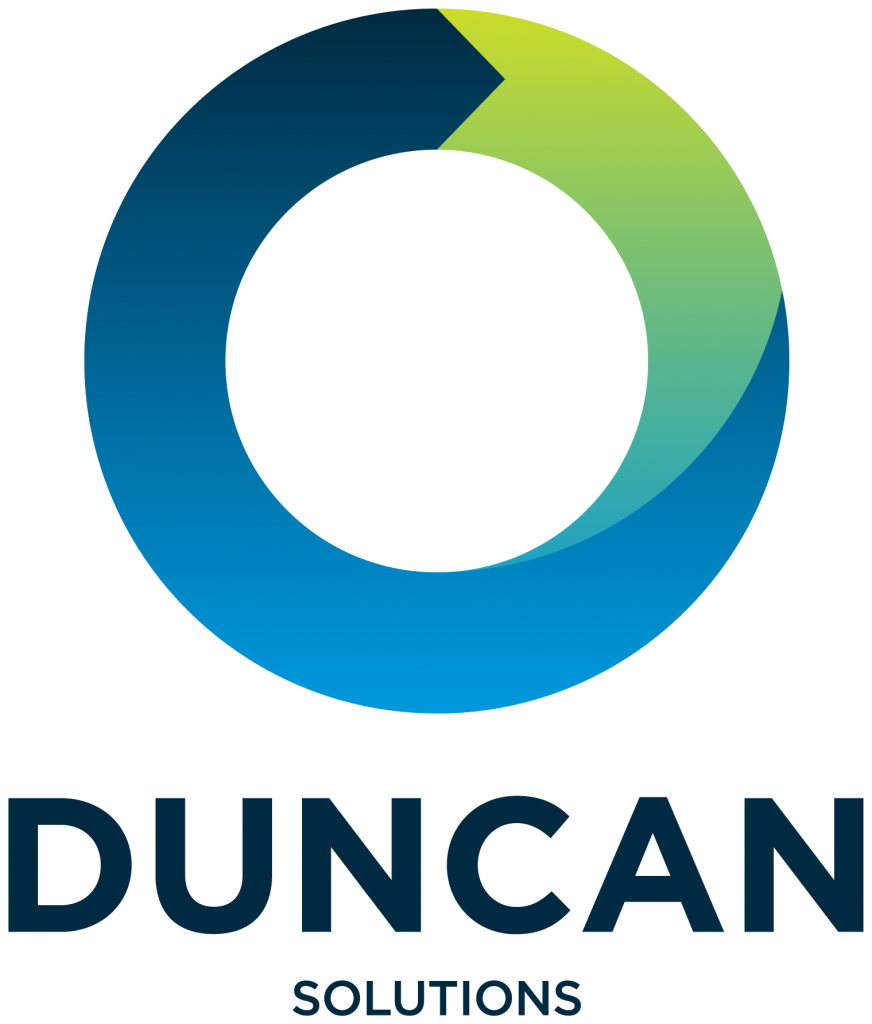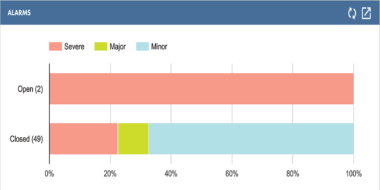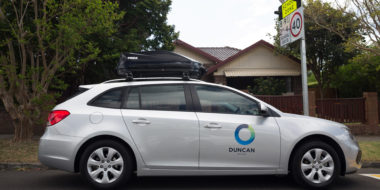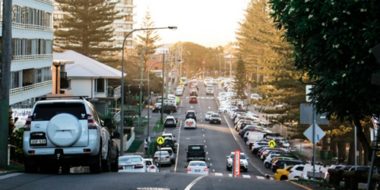

In a smart city, convenience is everything. By automating the most labour-intensive or tedious work for both enterprises and consumers, we can create metropolitan areas that truly thrive. And what’s more tedious than having to pay for parking with cash?
Research from Colmar Brunton indicates that only one in five Australians prefer cash over other methods of payment. Meanwhile, Visa says consumers could save eight hours a year just by paying without cash.
With better security, improved record keeping and the utmost convenience, the move towards a cashless society is steady and profound – and parking operators need to take notice.
 Smart cities need to adapt to changing payment trends.
Smart cities need to adapt to changing payment trends.Cashless parking: By the numbers
Across the payment terminals that Duncan Solutions has installed throughout Australia, there are some clear-cut consumer preferences.
PayWave
When Duncan Solutions implements PayWave capability in its parking terminals, we can see this form of payment account for up to 92 per cent of transactions, leaving fewer than 10 per cent made by cash.
This figure can fluctuate – for example, when tariffs are only $3, consumers will opt for cash up to 40 per cent of the time. But the higher the cost, the more prevalent PayWave becomes.
Pay by mobile
Pay by mobile affords consumers some convenience, but having to download a specific app to pay for parking has not had as much cut-through as PayWave. At our coin-only meters with a pay by mobile option, cash makes up about two-thirds of transactions.
Across all our payment terminals, pay by mobile tends to sit at around 7 per cent of total transactions.
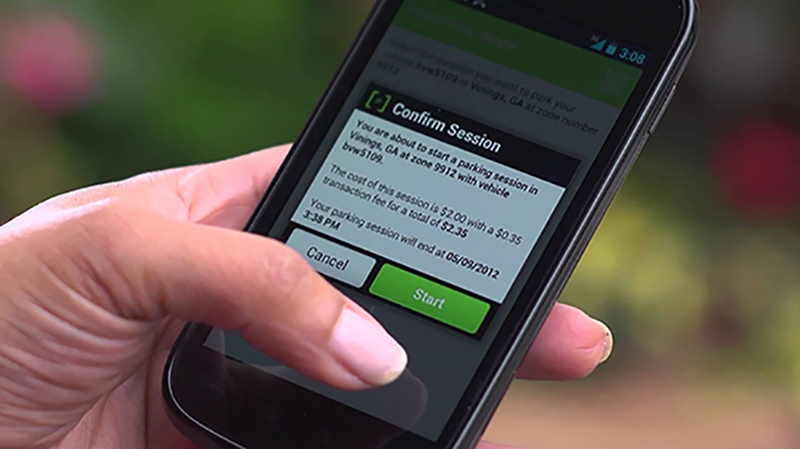 Pay by mobile is a modern and convenient payment method to pay at parking machines.
Pay by mobile is a modern and convenient payment method to pay at parking machines.Cash
Cash is on the decline, but still an important part of parking management. As noted above, lower tariffs attract more cash payments – perhaps because consumers are more likely to have $3 in coins. When tariffs sit at $12 and PayWave or pay by mobile are available, only 20 per cent of transactions are in cash.
Intelligent parking solutions are here to stay
The overarching trend is absolutely one of smart technology adoption. When PayWave is available as an option, commuters opt for it in a massive way – much more so than pay by mobile, and vastly more than cash.
The message is clear – consumers want convenience in their parking payment, and for the majority of Australians that means PayWave. People are already utilising the technology wherever they can, and it’s critical that operators take steps to provide those payment options.
Parking as part of a cashless society
The trends in parking payments are consistent with how Australia is evolving as a whole. In 2007, 67 per cent of Australian consumer payments were made in cash, according to the Reserve Bank, with 26 per cent made via cards (credit, charge, EFTPOS). Fast-forward to 2016, and those figures have nearly reversed, with 52 per cent made with cards and only 37 per cent in cash.
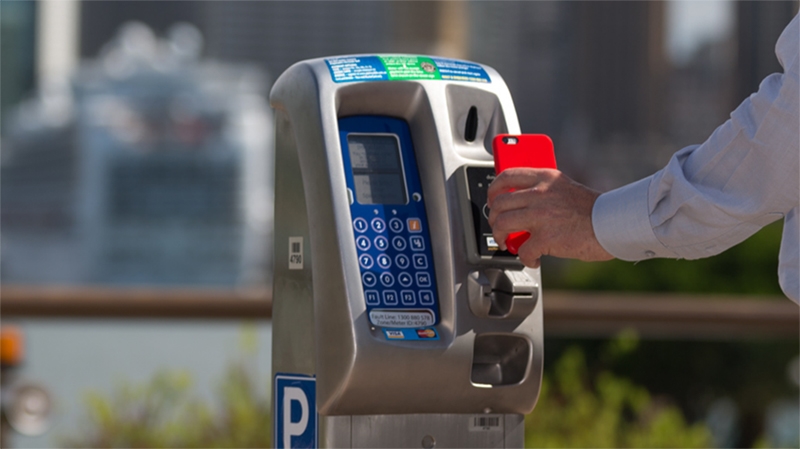 Duncan EMV certified contactless ‘tap & go’ card reader supports Visa PayWave, Mastercard, PayPass, ApplePay, AndroidPay and Google Pay applications.
Duncan EMV certified contactless ‘tap & go’ card reader supports Visa PayWave, Mastercard, PayPass, ApplePay, AndroidPay and Google Pay applications.This shift to cashless payments doesn’t just benefit consumers – it can spell out massive growth for enterprises who offer the right options. Research from Visa suggests that business in Sydney alone could reap $9.84 billion in direct net benefits if they continued to push cashless technology, largely through:
- Time saved during the payment process.
- Increased consumer bases (both online and in physical stores)
- Higher revenue growth.
- Reduced cash handling.
In Australia’s parking industry, those time and cost savings can translate into massive benefits. More efficient, intelligent parking solutions can help with vehicle turnover, make expiation payments much easier to complete, and ensure all transactions can be recorded in your comprehensive back-end management system.
Cash may have once been king, but the deposition is underway. To keep your parking operations up to speed with how Australians really want to pay, contact the team at Duncan Solutions.
